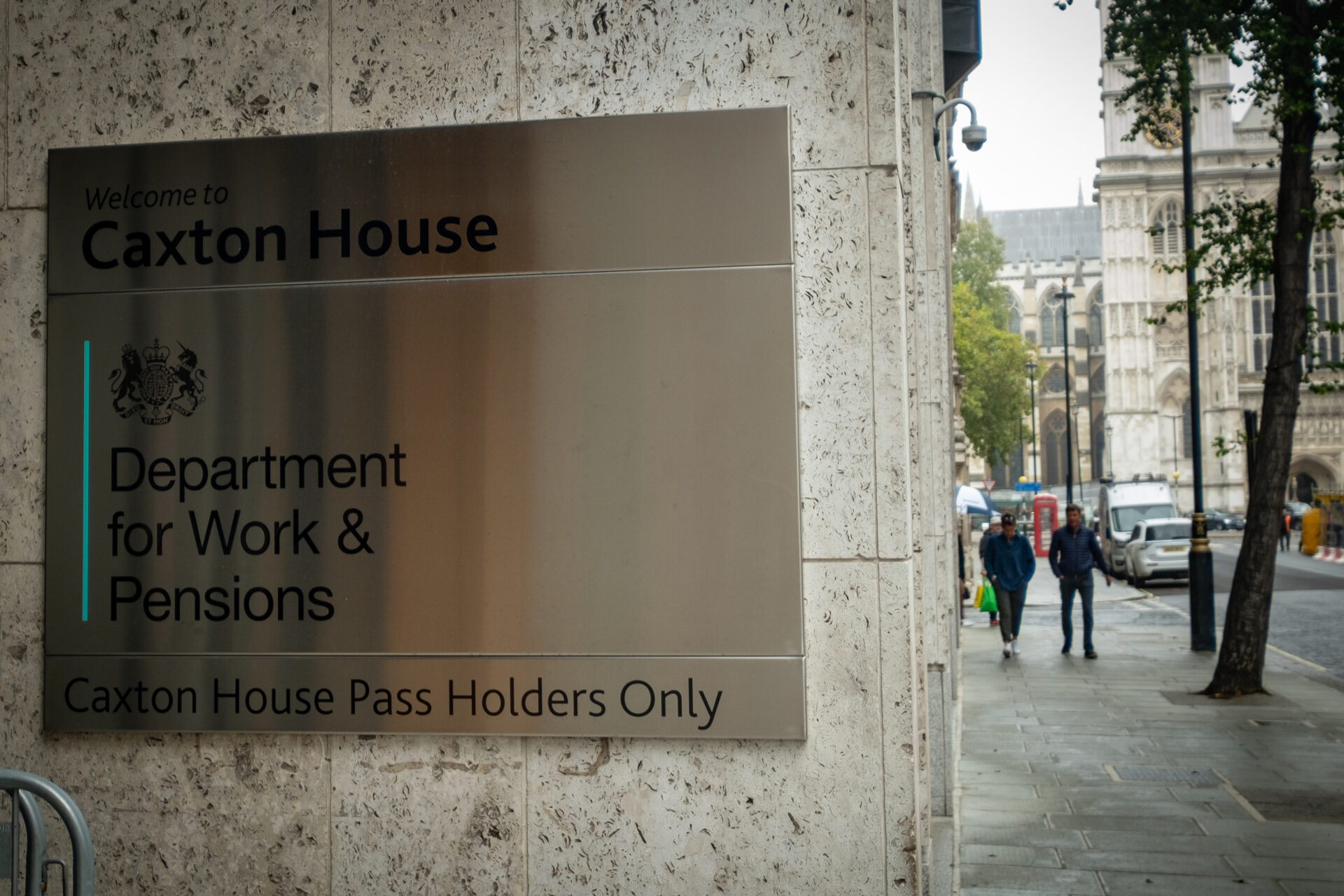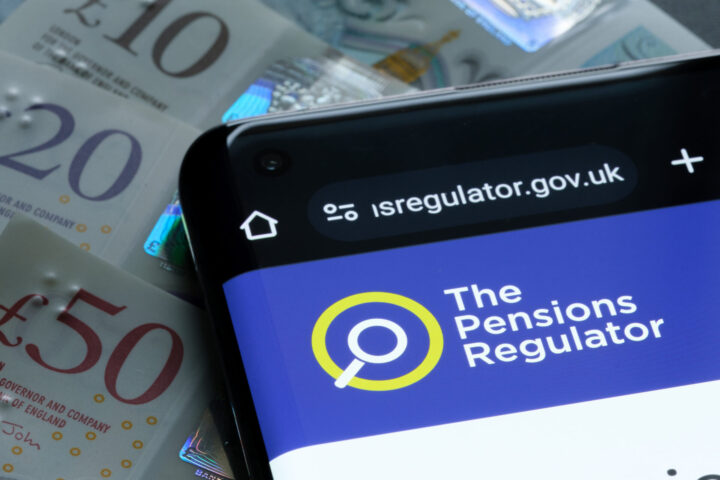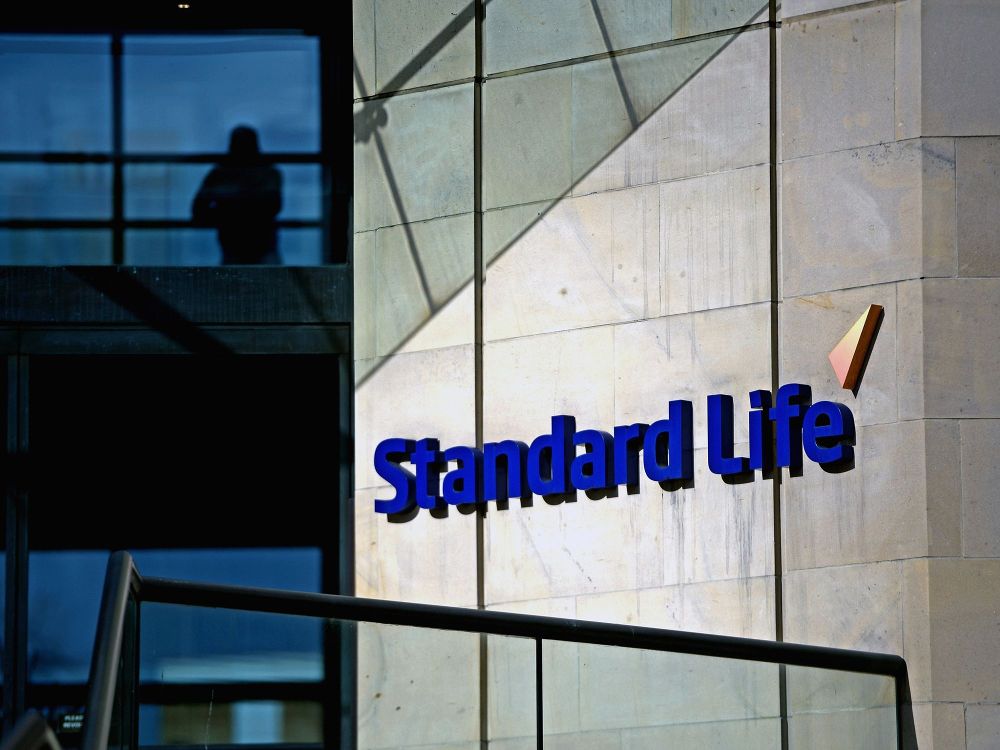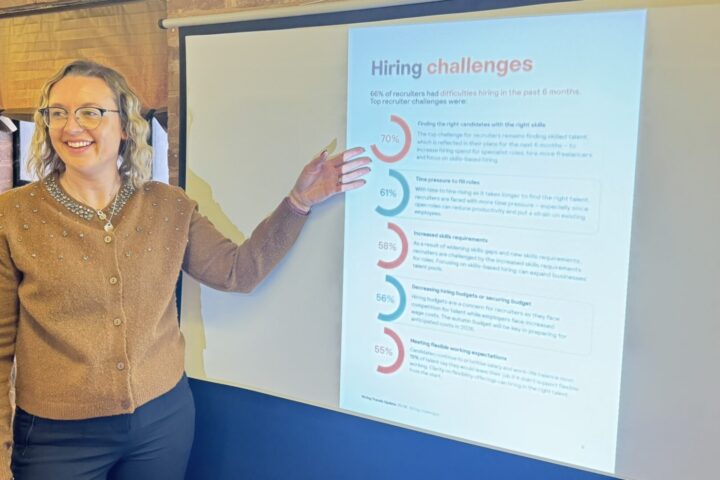Pension scheme participation among working-age individuals has steadily increased over the past decade, rising from 37% in 2013-14 to 55% in 2023–24, according to the latest findings from the Department for Work and Pensions (DWP).
According to the department’s latest Family Resources Survey, the proportion of employees enrolled in a pension scheme has climbed from 53% in 2013–14 to 79% in 2023–24, an increase of 26%.
This rise has largely been driven by the introduction of automatic enrolment, which was introduced in 2012 and fully implemented nationwide by April 2019.
Under automatic enrolment, employees are included in a pension scheme if they are aged between 22 and the State Pension age, earn at least £10,000 per year, and work in the UK under a contract of employment or a work arrangement.
Self-employed individuals, who are not eligible for automatic enrolment, have not seen the same levels of growth in pension participation.
Over the past decade, pension contributions among the self-employed have remained relatively stable, fluctuating between 16% and 20%.
The survey also highlighted a small gender gap in pension participation. In 2023–24, 56% of working-age men contributed to a pension scheme, compared to 54% of working-age women.
For employer-sponsored pensions, participation rates were nearly identical between men and women.
However, for individual pension schemes, such as personal and stakeholder pensions, participation was slightly higher among men, with 6% contributing compared to 5% of women.
Age also plays a significant role in pension participation. The highest participation rates were seen among adults aged 25 to 54, with up to 65% contributing to a pension scheme.
In contrast, only 27% of those aged 16 to 24 were participating. Among employees, those aged 35 to 59 had the highest participation rates, ranging from 84% to 86%.
Among the self-employed, pension participation was most common among those aged 45 to 59, at 25%.
Helen Morrissey, head of retirement analysis, Hargreaves Lansdown, said: “Pension participation has boomed under auto-enrolment – with 79% of employed people contributing to a scheme.
“However, the same can’t be said of all groups – the self-employed still shun pensions and risk being left behind.
“There are many reasons for this. They aren’t covered by auto-enrolment so don’t have the convenience of being placed into a pension scheme.
“If they want to contribute to a pension, they need to do all the legwork in finding the best one for them and the reality is many may not have the time.
“They also miss out on an employer contribution. Added to this variable, income patterns can make it difficult to contribute regularly and many will be put off by the fact that you can’t access the pension until age 55 (rising to 57 in 2028).
“This means the self-employed can struggle to save, with the latest data from HL’s Savings and Resilience Barometer showing just 21% of self-employed households are on track for a moderate retirement income. This compares to 43% of employed households.”

















